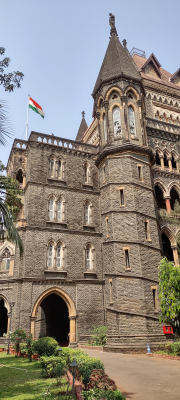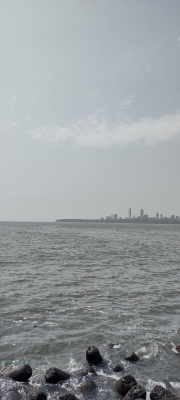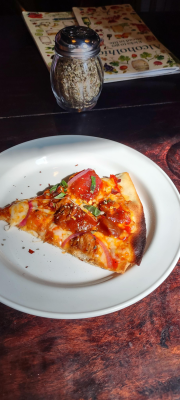Heritage Tour of Bombay High Court
Today I visited Bombay High Court along with my friend Ajay. In this blog I’d like to share my experince of the tour and a short history of the Mumbai city.
The tour started at 1 o’clock in the afternoon, when our guide Ms Nilima Gandhi Ullal gave us an introduction of the tour. She mentioned about the gothic, early English architecture of the building, which was built by British Engineer Col James A Fuller in 1878. After a small brief about the architecture, its cost, the area of the premise, we went inside the buildining. The building is made up of sand stones, with sculptures of flora and fauna. There were sculptures of monkeys holding the balance, foxes wearing the white jabots, and other animals and birds.
Inside the building, our guide shared the history of Mumbai. The one big metropolitan city that we see today were originally seven islands inhabited by the local fishermen communities of India, the Kolis. In the year 1534 the Portugese gained possesion of the islands and called it Bombaim (Good Bay or Beautiful Bay), which later became Bombay and finally many years later Mumbai, as it is known today. The Portugese built many forts on the islands to protect it from pirates and other invading countries - the Britishers, French and others. Later in 1661, the islands were given to the Prince Charles II of Britain as part of dowry when he married the Portugal Princess Catherine de Briganza. The prince later leased out the isalnds to the East India Company for 10 Pounds gold a year.
Then our group went up the spiral stairs to the second floor, to enter the magnificent central hall also known as the courtroom number 46. It was a big courtroom, with a huge chandelier hanging below the pyramidal roof that can be seen from the outside. The walls of the room were filled by the names of all the Chief Justices and Pusine judges. On the opposite end of the Judge’s bench were large photographs of Mahatma Gandhi, B R Ambedkar and Lokmanya Tilak.
Lokamnya Tilak, the father of Indian Unrest, the maker of modern India, one of the greatest Indepence activist was tried three times with sedition charges by the British Government - 1897, 1909 and 1916. In 1909 and 1916, Mohammad Ali Jinnah a lawyer by profession, who later became the founder of Pakistan, appeared in Tilak’s defense. In 1909 he helped to reduce the duration of the sentence and in 1916 he led him to acquital in the case.
Just outside the courtroom a marble plaque reads what Tilak famously told a Judge in 1908 in this same courtroom that we were standing in - “In spite of the verdict of the jury, I maintain that I am innocent. There are higher powers that rule the destiny of men and nations and it may be the will of providence that the cause which I represent may prosper more by my sufferring than by my remaining free.”
After visting this historical courtroom we went down to enter the High Court Museum, which hosts a collection of artefacts - historical applications & certificates, attorney’s rolls, drafts of the constitution and old judgements. The judicial history of Bombay is written on large posters along the walls with old pictures of the prominent buildings of the city.
The tour ended by getting out of the main door of the building, which is only accessible to the Judges. Just for today, we were the fortunate ones to walk out of the main corridor.
It was around 2:30 when the tour ended and my friend and I went to take a quick look of the Arabian Sea from the Marine Lines. Later we had lunch at Mockingbird Cafe nearby and took the Mumbai locals to come back to our homes.


